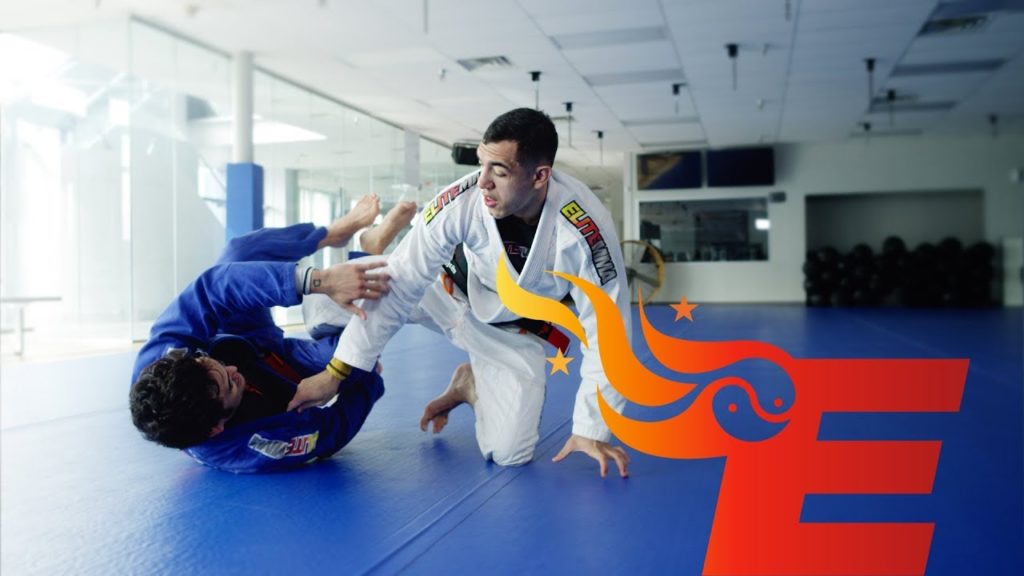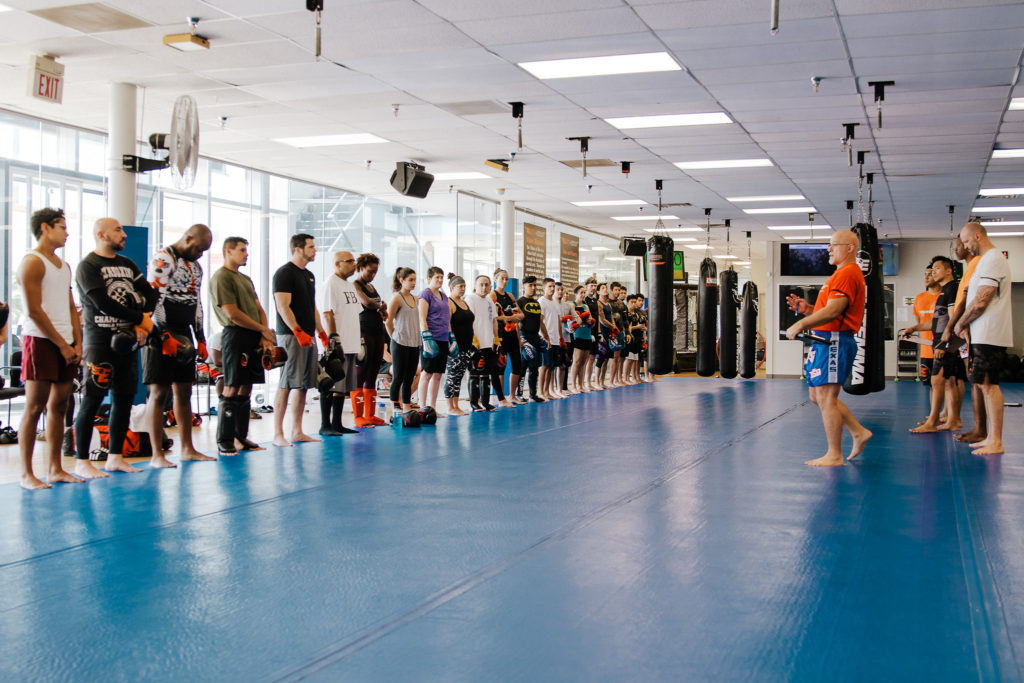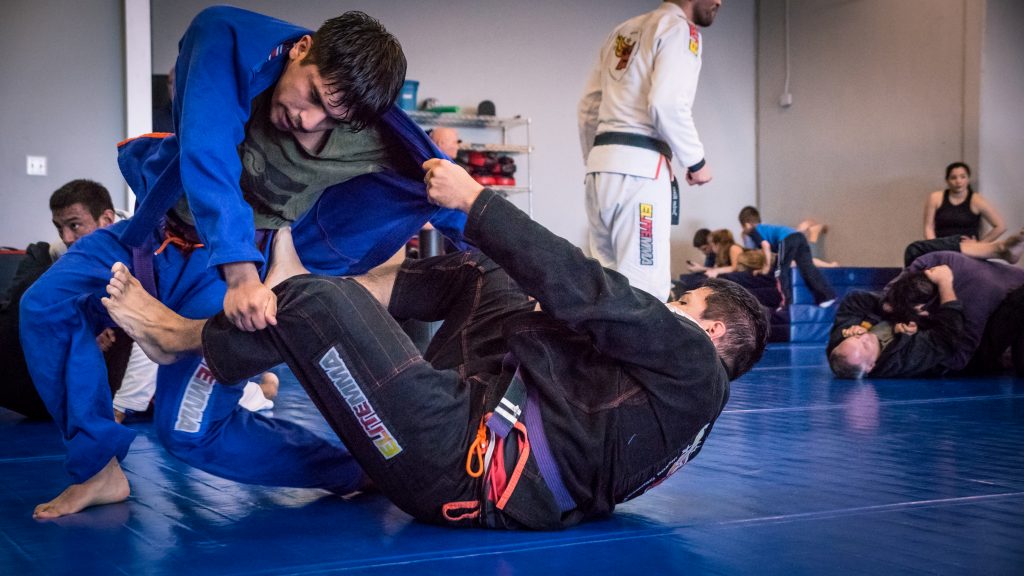In a relatively short time, Brazilian Jiu Jitsu has proved its efficiency in one-on-one combat fights such as challenge matches, the Ultimate Fighting Championship (UFC) and it is even taught as part of military/law enforcement tactics.
When BJJ was developing in the US, one way to increase its popularity was to issue or accept challenges. BJJ wanted to prove its efficiency against other martial artists, fighters or even those who considered themselves as tough. Brazilian Jiu Jitsu contenders won a majority of these challenges. The ones where they lost, they worked on adjusting and improving their weaknesses.
BJJ is an evolving sport and is flexible in incorporating new techniques. The UFC was an outcome of the challenge matches and the Jiu Jitsu videos that came out after that to demonstrate its effectiveness. Today, every mixed martial arts class has Brazilian Jiu Jitsu in its core training program.
The effectiveness of Jiu Jitsu comes from its grappling techniques. While other martial art forms focus on converting philosophies into techniques, BJJ develops its methods based on reality. This martial art is geared explicitly towards everyday situations. The strategies you learn in class can be replicated in the outside world.
The beautiful thing about Jiu Jitsu is that it covers what happens if you end up on the ground. The majority of fights or physical interactions end up with someone falling down because they trip, are tackled or are knocked to the ground. Jiu Jitsu is the only martial arts that deals with how to not only survive on the ground but render your opponent into submission.
That’s the advantage Brazilian Jiu Jitsu has. It keeps adapting. The more you practice, the more changes you can make to your strategies. You learn what will work and what won’t work in different situations. This optimization is why Brazilian Jiu Jitsu has high effectiveness. It can be used in any random encounter with a robber, a friendly fight with a friend, or on stage in exactly the same way. In short, BJJ trains you for real life situations.









